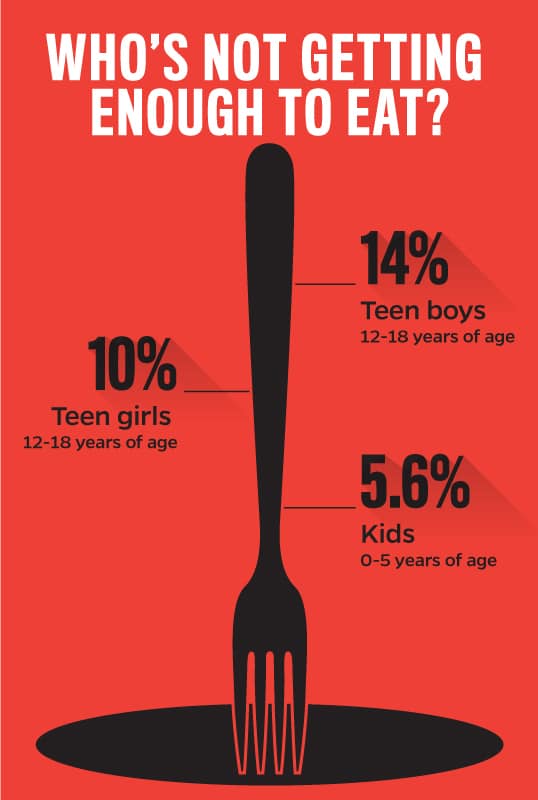
APA Bibliography: Parrett, W., & Budge, K. (2016, January 13). How Does Poverty Influence Learning? Retrieved December 16, 2018, from https://www.edutopia.org/blog/how-does-poverty-influence-learning-william-parrett-kathleen-budge.
Genre: Nonfiction, Online Material
Author Information: https://www.edutopia.org/profile/william-parrett-and-kathleen-budge
Summary: This article talks about how different factors affect student learning in school. As educators it is important to learn about these factors so we can help these students. These factors include students' health and well-being; literacy and language development; access to physical and material resources; and level of mobility.
Target Audience: The target audience for this article are adolescents, parents, and educators.
Evaluation: This article provides lots of information for everyone. It talks about how the different factors affect students, their learning, and their academic achievements, and how we can help them.







